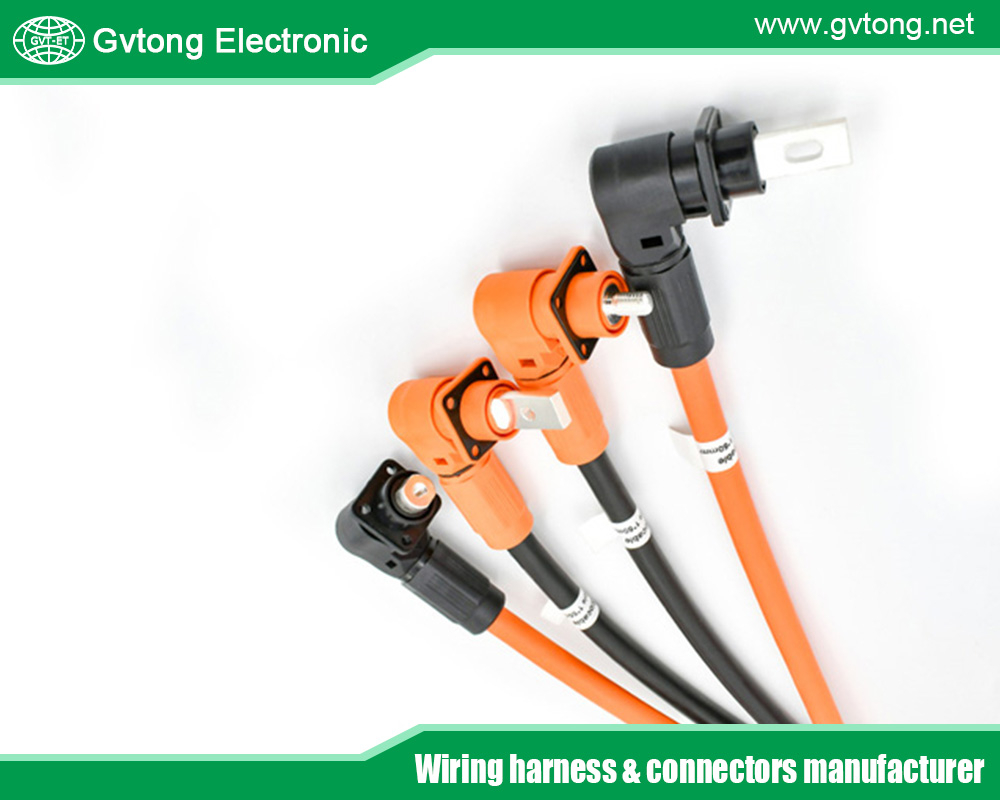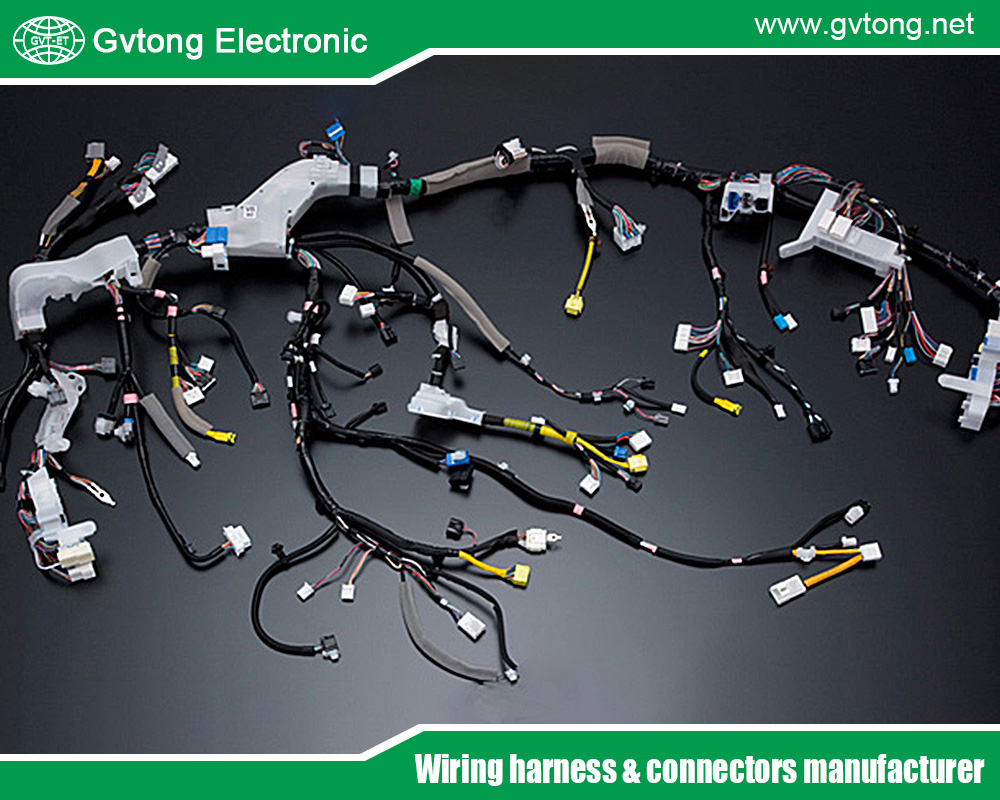Blogs & News
We are focus on automotive wiring harness & connectors technology.

Analysis of the Five Most Common Types of Automotive Connectors and Their Practical Application Scenarios in the Automotive Field
- Gvtong Electronic
- Anti-vibration automotive connectors, Automated assembly connectors Cost-effective automotive connectors, automotive antenna connector, automotive coaxial connector, automotive connectors, automotive connectors and terminals, automotive connectors factory, automotive connectors hotsale, automotive connectors manufacturer, automotive data connector, automotive diagnostic connector, automotive electrical system, Automotive high - frequency connector, automotive hybrid connector, automotive optical fiber connector, Automotive power distribution connector, Automotive temperature - resistant connector, automotive vibration - resistant, Automotive vibration - resistant connector, Blind-mate automotive connectors, Common Types of Automotive Connectors, Cost-effective automotive connectors, Custom Low Voltage Vehicle Automotive Connectors, Fuel cell connectors Quick-fit automotive connectors, Halogen-free automotive connectors, Lightweight automotive connectors, Low-contact resistance connectors, Types of Automotive Connectors
- No Comments
Analysis of the Five Most Common Types of Automotive Connectors and Their Practical Application Scenarios in the Automotive Field
With the vigorous development of the automotive industry and the continuous improvement of vehicle electrification, automotive connectors, as key components of automotive electrical systems, have become increasingly important. From traditional internal combustion engine vehicles to new energy vehicles, and from basic electrical connections to complex signal transmissions, connectors are indispensable. They are like the “nerve endings” of a vehicle, ensuring stable communication and coordinated operation between various systems. This article deeply explores the five most common types of automotive connectors and their practical application scenarios.
Power Connectors
(1) Functions and Characteristics
The core function of power connectors is to tightly connect power sources such as batteries, generators, or other power equipment to the vehicle system, tasked with stably delivering electricity to all electrical devices in the vehicle. During vehicle operation, whether it is engine starting, vehicle lighting, or the operation of various electronic devices, they all rely on the stable power supply provided by power connectors. These connectors have a high current-carrying capacity to meet the power demands of electrical devices with different power ratings in the automotive connectors system. To adapt to the complex working environment of vehicles, power connectors are typically manufactured from durable materials, featuring excellent high-temperature resistance, vibration resistance, and corrosion resistance, ensuring reliable power transmission under various harsh conditions and guaranteeing the normal operation of the automotive electrical system.
(2) Application Scenarios
- Engine System: During engine starting, power connectors transmit electrical energy from the battery to the starter motor, providing strong power to ensure the engine starts smoothly. Meanwhile, when the engine is running, they are also responsible for transmitting the electrical energy generated by the generator back to the battery for charging and supplying power to various sensors, actuators, and other devices around the engine to ensure the engine’s normal operation and precise control.
- Lighting System: Automotive lighting devices such as headlights, taillights, turn signals, and brake lights all rely on power connectors for electricity. Take common LED headlights as an example: although they have relatively low energy consumption, they require a stable power supply. Power connectors need to transmit the direct current from the battery to the LED headlights stably, ensuring the headlights emit bright and uniform light, providing a good view for drivers and ensuring driving safety.
- Other Electrical Devices: Various electrical devices in the vehicle, such as air conditioning systems, audio systems, power seats, and window lifters, are all connected to the vehicle’s power source through power connectors. For example, in hot summer, the air conditioning compressor consumes a large amount of electrical energy for cooling, and power connectors must withstand high-current transmission to ensure the normal operation of the air conditioning system and create a comfortable driving environment for passengers.
Signal Connectors
(1) Functions and Characteristics
Signal connectors are mainly used for data and information transmission, serving as important supporting components for vehicle intelligence and automation. In automotive electrical systems, information such as vehicle operating status collected by various sensors and drivers’ operation commands needs to be transmitted to corresponding control modules for processing and analysis through signal connectors. Signal connectors have excellent signal transmission performance, ensuring the accuracy and stability of signals during transmission while minimizing signal interference and attenuation. At the same time, to adapt to the complex electromagnetic environment inside vehicles, signal connectors are typically designed with shielding to effectively resist external electromagnetic interference and ensure reliable signal transmission.
(2) Application Scenarios
- Communication Between Engine Control Module (ECM) and Body Control Module (BCM): The engine control module monitors and adjusts various parameters of the engine, such as fuel injection volume and ignition timing, while the body control module mainly controls body electrical devices like door locks, window lifters, and windshield wipers. Signal connectors establish a data transmission channel between these two modules, enabling them to share information in real time and work collaboratively. For example, when the driver presses the brake pedal, the brake signal is transmitted to the body control module through signal connectors, which then passes the signal to the engine control module. The engine control module adjusts the engine’s output torque based on the brake signal to achieve smooth vehicle deceleration.
- Connection Between Sensors and Control Units: Vehicles are equipped with numerous sensors, such as temperature sensors, pressure sensors, speed sensors, and position sensors. These sensors continuously monitor various operating parameters of the vehicle and transmit the collected signals to corresponding control units through signal connectors. Take the Tire Pressure Monitoring System (TPMS) as an example: the pressure sensor installed inside the tire transmits tire pressure signals to the vehicle’s central control unit via signal connectors. When tire pressure is abnormal, the control unit promptly issues an alarm to remind the driver to take corresponding measures and ensure driving safety.
- Interaction Between In-Vehicle Infotainment Systems and Other Systems: With the development of vehicle intelligence, in-vehicle infotainment systems have become increasingly rich, such as in-vehicle multimedia players and navigation systems. Signal connectors are not only used to connect various components within the infotainment system but also enable information interaction between the infotainment system and other vehicle systems. For example, when the vehicle’s navigation system receives information about前方 (front) road congestion, it can transmit this information to the multimedia player via signal connectors, which can recommend suitable music or radio programs to the driver based on the congestion situation to alleviate driving fatigue.
High-Speed Data Connectors
(1) Functions and Characteristics
High-speed data connectors are specifically designed for transmitting high-bandwidth data and are key components for realizing advanced functions such as vehicle networking and autonomous driving. With the rapid development of vehicle intelligence and connectivity, vehicles need to process and transmit large amounts of data in real time, such as image data collected by high-definition cameras, environmental perception data from millimeter-wave radars and lidars, and communication data from in-vehicle communication units with the outside world. High-speed data connectors have extremely high data transmission rates to meet the needs of fast transmission for such large data volumes. At the same time, to ensure the accuracy and stability of data transmission, high-speed data connectors adopt advanced signal processing technologies and physical structure designs to effectively reduce latency, distortion, and interference during signal transmission.
(2) Application Scenarios
- Communication Between On-Board Unit (OBU) and Road Side Unit (RSU): In a connected vehicle environment, the on-board communication unit communicates wirelessly with road side units through high-speed data connectors, enabling information interaction between vehicles and infrastructure (V2I). For example, vehicles can obtain real-time traffic information, road conditions, and electronic map updates through this communication method, while also uploading their own driving status information to traffic management departments to provide data support for the operation of intelligent transportation systems.
- Data Transmission in Advanced Driver Assistance Systems (ADAS): ADAS systems rely on multiple sensors and cameras to perceive the vehicle’s surrounding environment, and the massive data generated by these sensors and cameras needs to be quickly transmitted to the vehicle’s central computing unit for processing and analysis via high-speed data connectors. Take the automatic emergency braking system as an example: when millimeter-wave radars and cameras detect obstacles ahead, they transmit collected data such as distance and speed to the vehicle’s control system through high-speed data connectors. The control system quickly calculates braking timing and force based on this data and issues braking commands in a timely manner to avoid collision accidents.
- High-Definition Video Transmission in In-Vehicle Infotainment Systems: To provide passengers with a richer and more immersive entertainment experience, modern in-vehicle infotainment systems increasingly support functions such as high-definition video playback and 3D navigation map display. High-speed data connectors can transmit high-definition video signals from multimedia sources to in-vehicle displays, ensuring clear and smooth video playback and delivering high-quality visual enjoyment to passengers.
Airbag Connectors
(1) Functions and Characteristics
Airbag connectors are key components connecting various parts of the airbag system, including collision sensors, airbag control modules, and airbags. Their main function is to ensure that in the event of a vehicle collision, collision signals can be quickly and accurately transmitted from collision sensors to the airbag control module. The airbag control module judges whether to trigger the airbags based on the received signals and sends ignition commands to the airbags through airbag connectors, causing the airbags to inflate and deploy in an extremely short time to provide effective protection for vehicle occupants. Airbag connectors have extremely high requirements for reliability and stability because they directly affect the life safety of vehicle occupants. During design and manufacturing, special materials and processes are usually used to ensure that the connectors can operate normally under various complex working conditions and prevent signal transmission interruptions or false triggers.
(2) Application Scenarios
Airbag connectors are widely used in various airbag systems of vehicles, including the driver’s seat, front passenger seat, side, and curtain airbags. In the event of a frontal collision, collision sensors located at the front of the vehicle quickly detect the collision signal and transmit it to the airbag control module through airbag connectors. After analysis and judgment, the control module sends ignition commands to the driver’s and front passenger’s airbags via connectors, causing the two airbags to inflate and deploy rapidly to protect the heads and chests of the driver and front passengers from collision injuries. When a side collision occurs, collision sensors installed on the doors or vehicle sides trigger the deployment of side airbags and curtain airbags, which also relies on the reliable signal transmission of airbag connectors.
RF Connectors
(1) Functions and Characteristics
RF connectors are specialized connectors for transmitting radio frequency (RF) signals and are mainly used in automotive connectors systems such as vehicle communications, navigation, and radar. RF signals have the characteristics of high frequency and short wavelength, placing very strict requirements on the electrical performance of connectors. RF connectors need to have low insertion loss, high return loss, good shielding performance, and stable impedance characteristics to ensure minimal energy loss and signal reflection during RF signal transmission while effectively resisting external electromagnetic interference and ensuring high-quality signal transmission. In addition, to adapt to the compact space layout and complex installation environment inside vehicles, RF connectors are usually designed to be small and lightweight with good mechanical performance, capable of withstanding a certain degree of vibration and impact.
(2) Application Scenarios
- In-Vehicle Communication Systems: In-vehicle communication systems such as 4G/5G communication modules and Bluetooth modules all need to connect to antennas through RF connectors to achieve wireless communication with the outside world. For example, through a 4G/5G communication module and an antenna connected by an RF connector, a vehicle can obtain real-time information from the Internet, enabling functions such as online music playback, real-time traffic condition queries, and remote vehicle control. The Bluetooth module connects to the in-vehicle Bluetooth antenna via an RF connector to achieve wireless connection with mobile devices such as smartphones, facilitating hands-free calling and music playback for drivers.
- Satellite Navigation Systems: Satellite navigation systems are an indispensable part of modern vehicles, determining the vehicle’s position and driving direction by receiving RF signals transmitted by satellites. RF connectors play a crucial role in satellite navigation systems by connecting satellite antennas to navigation hosts, ensuring stable and accurate transmission of satellite signals to the navigation host for processing and analysis. High-quality RF connectors can improve satellite signal reception sensitivity, shorten positioning time, and enhance the accuracy and reliability of navigation systems.
- Automotive Radar Systems: Automotive radar systems such as millimeter-wave radars and lidars are key sensors for autonomous driving. Millimeter-wave radars detect obstacles and target objects around the vehicle by transmitting and receiving RF signals in the millimeter-wave frequency band, while lidars obtain three-dimensional information of the surrounding environment by transmitting and receiving laser beams. In these radar systems, RF connectors are used to connect radar transmit and receive modules to antennas, ensuring efficient transmission of RF signals and supporting the accurate detection and target recognition of radar systems. For example, in an adaptive cruise control system, millimeter-wave radars transmit detected distance and speed information of the preceding vehicle to the vehicle’s control system via RF connectors, which automatically adjusts the vehicle speed based on this information to maintain a safe distance from the preceding vehicle.
With the continuous advancement of automotive technology, as an important part of automotive electrical systems, the types and functions of automotive connectors are also constantly evolving. Power connectors, signal connectors, high-speed data connectors, airbag connectors, and RF connectors are the five most common types of connectors in the automotive field, each playing a unique role and being widely used in various vehicle systems. Different types of connectors vary in functions, characteristics, and application scenarios, and automotive manufacturers need to select appropriate connectors based on the specific requirements of different vehicle systems to ensure the reliability, safety, and high performance of automotive electrical systems. It can be foreseen that with the further development of new energy vehicles, autonomous driving, and vehicle networking technologies, higher performance and quality requirements will be placed on automotive connectors, and the automotive connector industry will usher in new development opportunities and challenges, continuously driving technological innovation and product upgrades.
For more about analysis of the five most common types of automotive connectors and their practical application scenarios in the automotive field, you can pay a visit to Gvtong at https://www.gvtong.net/ for more info.
Recent Posts
GE Series-Signal Connector Manufacturer in China
The Best Oil-Resistant Automotive Connector Manufacturers
Tags
Recommended Products
-
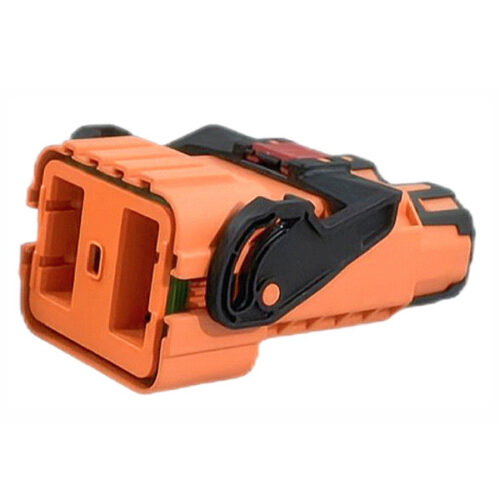
GH Series-HV6-2-core Plastic High Voltage Connector
-
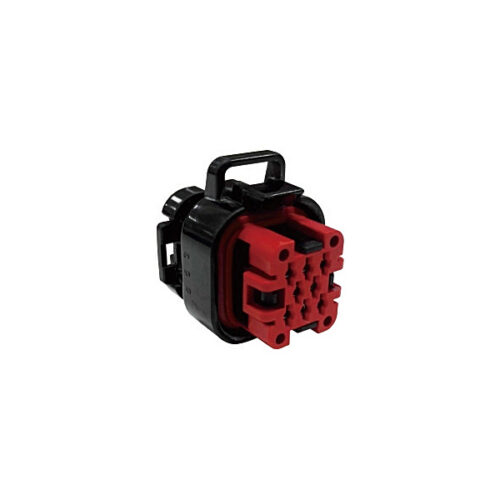
Signal connector – waterproof, three-row, 8-pin
-
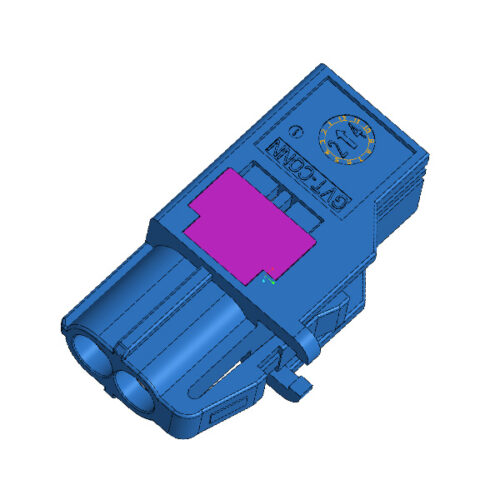
Automotive MINI Fakra High-Speed 2Pin Female To Fakra Male Z Code Connector
-
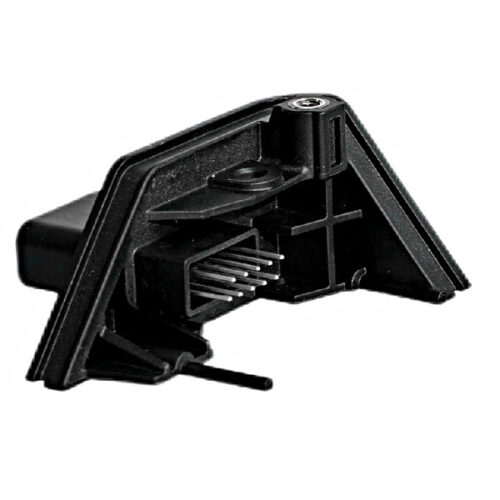
GE Series-10PIN Right Angle Connector Socket
-
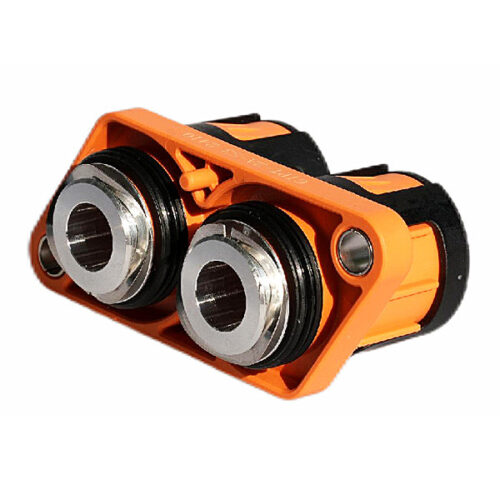
GIPT 2-core wiring connector
-
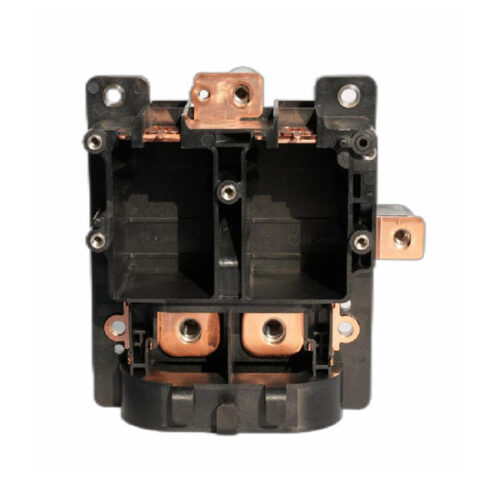
Filter copper bar assembly
-
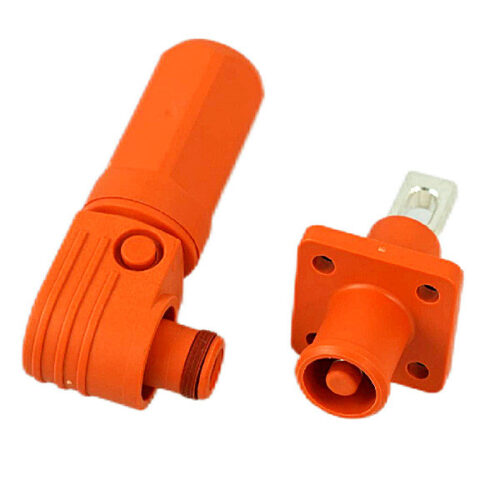
GB Series-Energy Storage Connector-5.7mm
-
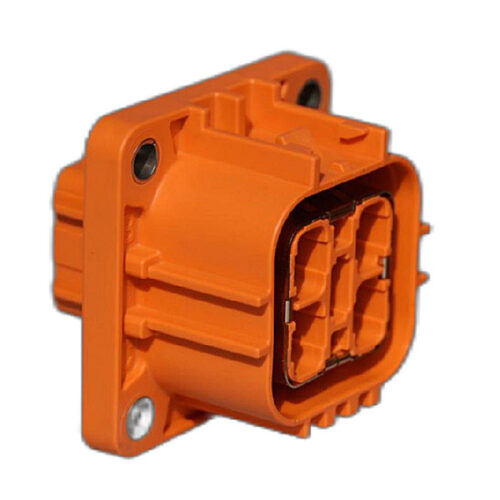
GH630 Series-4-core plastic high voltage connector

